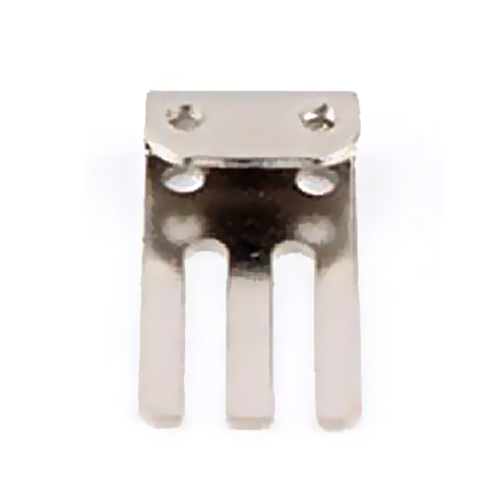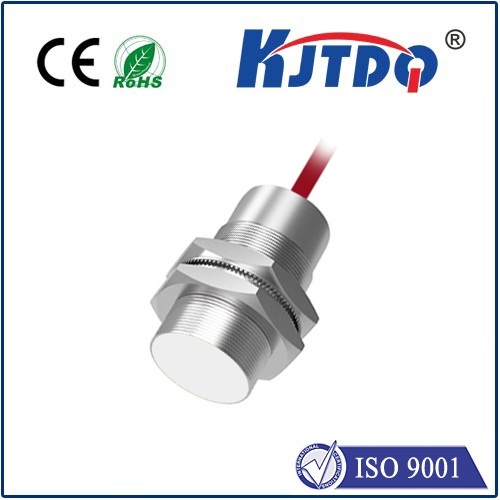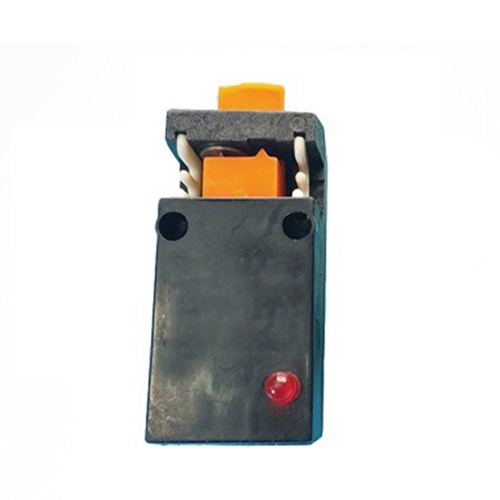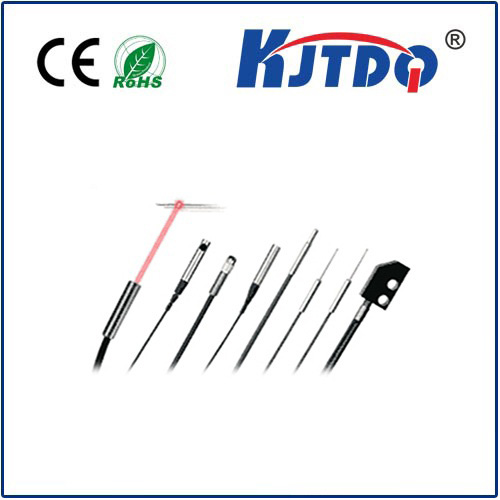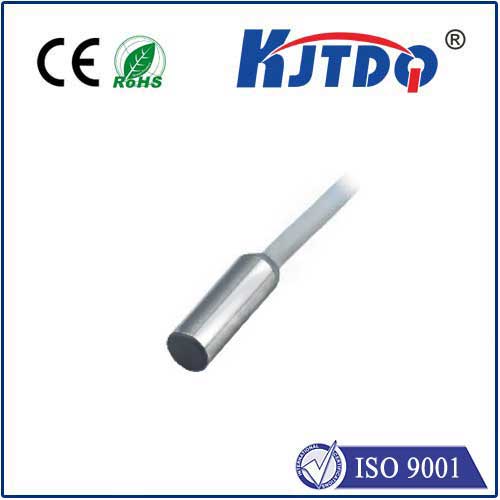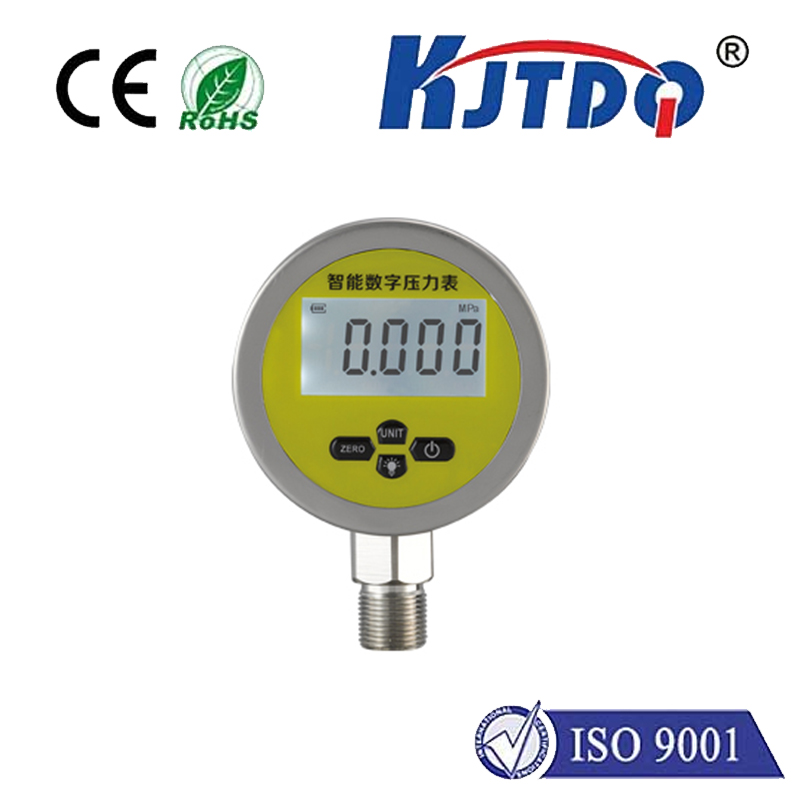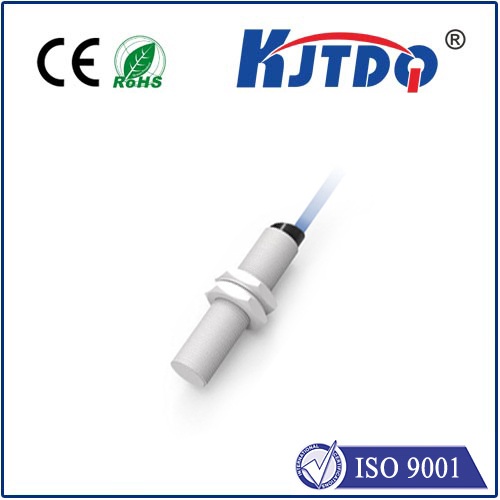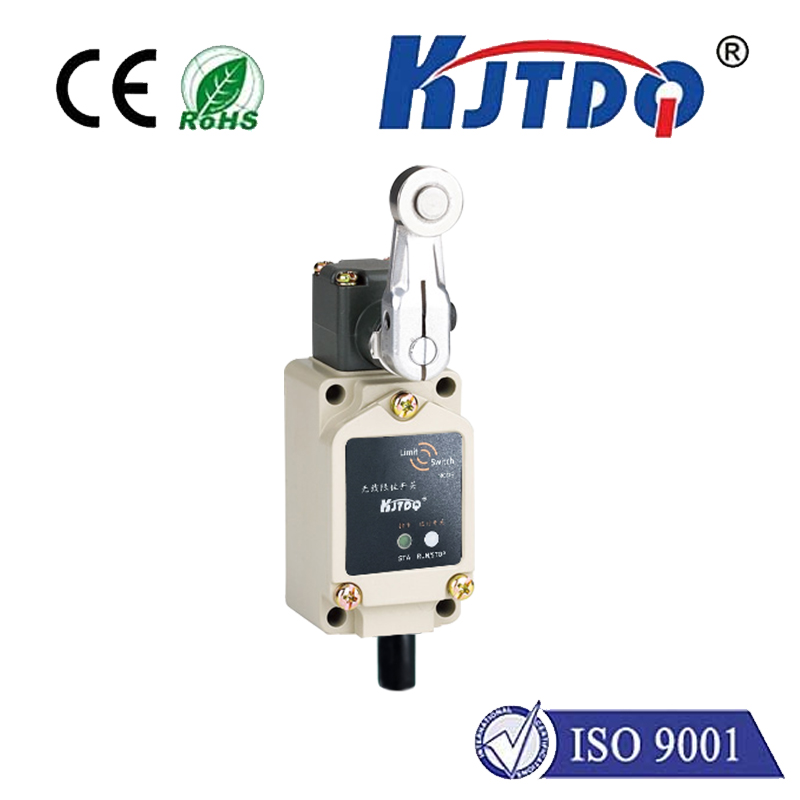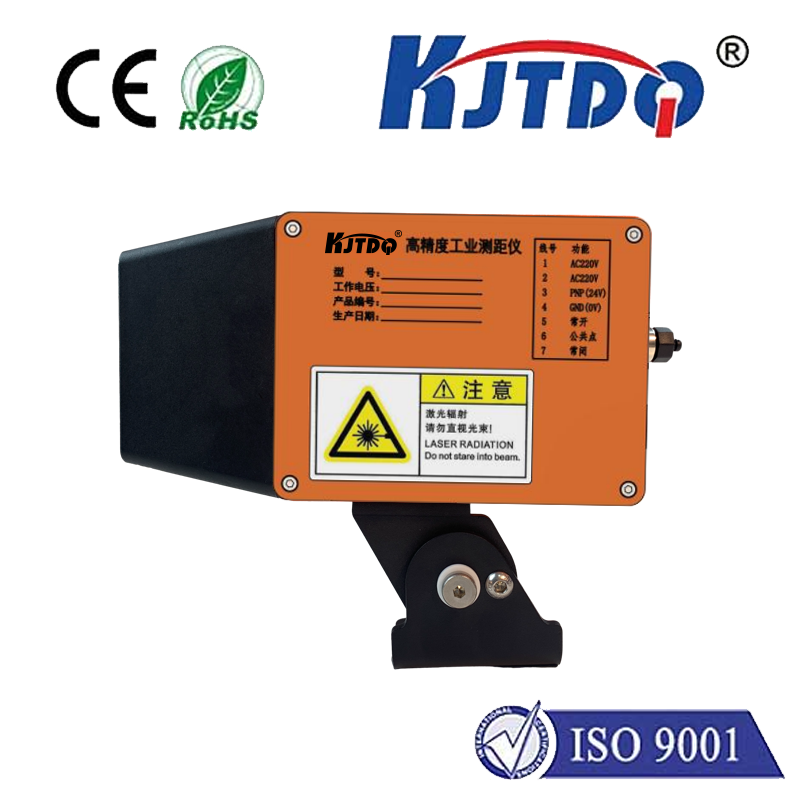proximity distance sensor
- time:2025-06-14 03:49:10
- Нажмите:0
Proximity Distance Sensors: The Invisible Eyes Powering Modern Automation
Think about the last time your smartphone dimmed during a call, the refrigerator light turned on automatically as you approached, or a car warned you about a nearby obstacle while parking. These seamless, almost magical interactions rely on a small but crucial technology: the proximity distance sensor. Often unseen and unsung, these devices act as the silent observers and guardians within countless electronic systems, enabling smarter, safer, and more intuitive interactions between machines and their environment. This article delves into the world of proximity distance sensors, exploring how they work, where they excel, and why they are foundational to the tech around us.
Beyond Simple Detection: Understanding Proximity vs. Distance
While often used interchangeably, it’s vital to distinguish the core concepts. A датчик приближения primarily detects the presence or absence of an object within a relatively short, predefined range. Its output is typically binary: “object near” or “no object.” A Датчик дальности, however, goes further, actively measuring the precise distance between itself and a detected object, providing continuous analog or digital data representing that separation. Proximity distance sensors bridge this gap, offering the fundamental detection capability of proximity sensors combined with the ability to quantify how far away the object is. They answer not just “Is something there?” but crucially, “How far away is it?”
How Do They “See”? Unveiling Common Sensing Technologies

Proximity distance sensors employ various physical principles to achieve non-contact detection and ranging. The choice of technology depends heavily on the application’s specific needs:
- Inductive Sensors: These reign supreme in industrial automation. They generate an electromagnetic field and detect changes caused by metallic objects entering that field. Key advantages include incredible robustness, immunity to dirt or dust, and high switching frequencies. However, they only detect metals and have relatively short ranges (typically millimeters to a few centimeters).
- Capacitive Sensors: These detect changes in capacitance – essentially the ability to store electrical charge. They can sense a wide variety of materials, including metals, plastics, liquids, powders, and even human skin. This makes them ideal for level detection (tanks), touch interfaces, and presence detection for non-metallic objects. Range is generally comparable to inductive sensors, though some specialized versions offer slightly more.
- Ultrasonic Sensors: Operating like sonar, these emit high-frequency sound waves (>20kHz) and measure the time-of-flight (ToF) for the echo to return. This allows them to measure distance accurately to both solid objects and liquids, often over several meters. They excel in environments with dust, fog, or smoke where optical sensors might struggle. Common uses include parking assistance, obstacle avoidance in robots, liquid level monitoring, and even presence detection.
- Infrared (IR) Proximity Sensors: Frequently found in consumer electronics (auto-dimming screens, touchless taps), these typically combine an IR LED emitter and a photodiode receiver. The simplest measure reflected IR light intensity to detect presence. More advanced versions use modulated IR light and triangulation or time-of-flight principles to estimate distance. They offer a good balance of cost and performance for short-range detection of solid objects.
- Photoelectric Sensors: Utilizing light beams (visible, IR, or laser), these detect interruption (retro-reflective) or reflection (diffuse) of the beam. Some diffuse sensors incorporate time-of-flight or triangulation for distance measurement. They offer longer ranges than inductive/capacitive types and can detect various materials, but performance can be affected by ambient light, color, and surface reflectivity.
Where They Make a Difference: Diverse Applications
The ability to detect presence and measure distance without physical contact unlocks countless applications:
- Промышленная автоматизация: Object detection on conveyors, robot positioning and collision avoidance, machine guarding, part positioning in assembly lines (e.g., ensuring correct placement before welding), and liquid/particle level sensing in tanks and hoppers.
- Automotive: Parking assistance systems, blind-spot monitoring, adaptive cruise control (supplementing radar/camera), automatic door opening/closing, and occupancy detection for airbag deployment.
- Consumer Electronics: Automatic screen dimming/turn-off in phones and laptops during calls, touchless gesture control, automatic faucets and soap dispensers, robot vacuum cliff detection, and presence detection in smart home devices.
- Mobile Robotics: Obstacle detection and avoidance for drones, AGVs (Automated Guided Vehicles), and service robots, navigation, and environmental mapping.
- Security & Access Control: Intrusion detection (alerting when an object enters a protected zone), people counting, and touchless door activation.
Selecting the Right Sensor: Key Considerations
Choosing the optimal proximity distance sensor hinges on several critical factors:
- Target Material: Is the object metal, plastic, liquid, or organic? (Inductive: metal only; Capacitive: broad range).
- Required Detection Range: Millimeters? Centimeters? Meters? (Ultrasonic and photoelectric offer longer ranges).
- Operating Environment: Exposure to dust, moisture, vibrations, temperature extremes, or electromagnetic interference? (Inductive sensors are highly robust; ultrasonic works in dusty/foggy conditions).
- Needed Output: Simple on/off presence signal, or precise analog/digital distance data?
- Refresh Rate/Speed: How quickly must the sensor detect changes? (Inductive sensors offer very high frequencies).
- Cost Constraints: Budget limitations will influence technology choice.
The Future is Sensing: Continuous Innovation
The field of proximity distance sensing is far from static. Advancements focus on increased accuracy, smaller form factors, lower power consumption (critical for IoT), multi-functionality (sensors combining multiple technologies), and smarter integration. Time-of-Flight (ToF) technology, particularly using IR lasers, is becoming more compact and affordable, enabling high-precision distance measurement in devices like smartphones and AR/VR headsets. Integration with AI and machine learning allows sensors to not only detect distance but also interpret the environment more intelligently – distinguishing between types of objects or predicting movement patterns.
From ensuring worker safety on a factory floor to enabling the intuitive interaction with your smartphone, proximity distance sensors are fundamental components driving efficiency, safety, and convenience. They provide the essential spatial awareness that allows machines to interact intelligently and responsively with the physical world, proving that sometimes, the most impactful technology truly is the one you don’t see. Understanding their capabilities and selecting the right type for the task empowers engineers and designers to build the smarter, more responsive systems of today and tomorrow.

